As Taycan Awaits EPA Figures, Porsche's U.S. Boss Offers a Hint

The one thing we don’t know about Porsche’s sexy and prohibitively expensive Taycan EV happens to be one of the most important aspects of any electric car: its range. While many of you (read: almost certainly all of you) have no use for the Taycan and couldn’t afford one without a Brinks holdup, the newly revealed model is nonetheless making waves.
Mostly among argumentative nerds, mind you, but bear with us.
Call it pettiness, call it schadenfreude, call it whatever you like, but it’s quite enjoyable watching an established and storied automaker attempt to beat Tesla at its own game. The Fremont, California-based automaker had it coming after years of pencil-snapping pronouncements by its larger-than-life CEO. And maybe there’s some satisfaction to be had on the part of Tesla for creating a segment other rivals want to carve a slice out of.
But about that range…
Hot on the heels of the big reveal, Bloomberg caught up with Porsche Cars North America CEO Klaus Zellmer for a very hard-hitting interview in New York City. While a concurrent unveiling in Germany floated the possibility of a 280-mile range on Europe’s WLTP cycle, which would translate into a slightly lower EPA figure, the nattily-dressed Zellmer suggested American Taycan buyers could expect a less Bolt-like driving radius.
The executive said his team drove a Taycan from the model’s Niagara Falls, Ontario launch site to NYC, stopping to charge up after 240 miles of driving. At that point, some 45 miles of range remained on the vehicle’s display, Zellmer said.
Judging by a couple of short clips of the Taycan en route, it seems the blue Turbo S model stopped for juice in Binghamton, NY after travelling the I-90 and I-81 corridors. Except for the last handful of miles, that’s a flat stretch of roadway with annoyingly low speed limits. There wouldn’t be many opportunities to recoup a bit of charge from braking and coasting. If a Taycan Turbo S driver can expect that kind of mileage on the highway, Porsche might not need to worry all that much about the Model S’s significantly advanced range (370 miles in Long Range spec, 345 miles in Performance) — though the Model S’s lower price, plus the range difference, means Advantage Tesla in the event anyone cross-shops these two models.
As the most powerful Taycans of the range, the Turbo and Turbo S command the loftiest prices while eating up the most power from their high-output (670 and 750 hp, respectively) dual-motor powertrains. A lesser Taycan with a single motor and longer range would push the Taycan and Model S much closer together in terms of price and driving distance, but such a model remains hazy for now. Naturally, Porsche wants to enter the segment with a splash (and earn the most revenue while doing it), hence starting off with its top-trim models.
[Image: Porsche]

More by Steph Willems
Latest Car Reviews
Read moreLatest Product Reviews
Read moreRecent Comments
- Buickman I was called crazy after predicting the sale of GMAC.#canthurtme
- 3-On-The-Tree Another observation during my time as a firefighter EMT was that seatbelts and helmets do save lives and reduce injury. And its always the other person getting hurt.
- 3-On-The-Tree Jeff, Matt Posky, When my bike came out in 1999 it was the fastest production motorcycle in the world, 150 HP 197 top speed, 9.57 quarter mile Hayabusa peregrine falcon etc. This led to controversy and calls for high-speed motorcycles to be banned in order to avoid increasingly fast bikes from driving on public roads. This led to a mutual decision nicknamed the “ gentleman’s agreement” to limit bikes to 186mph, ending the production bike speed contest for all bikes 2000 and upward. Honestly once your over a buck 20 it’s all a blur. Most super cars can do over or close to 200mpg, I know at least on paper my 09 C6 corvette LS3 tops out at 190mph.
- 3-On-The-Tree In my life before the military I was a firefighter EMT and for the majority of the car accidents that we responded to ALCOHOL and drugs was the main factor. All the suggested limitations from everyone above don’t matter if there is a drunken/high fool behind the wheel. Again personal responsibility.
- Wjtinfwb NONE. Vehicle tech is not the issue. What is the issue is we give a drivers license to any moron who can fog a mirror. Then don't even enforce that requirement or the requirement to have auto insurance is you have a car. The only tech I could get behind is to override the lighting controls so that headlights and taillights automatically come on at dusk and in sync with wipers. I see way too many cars after dark without headlights, likely due to the automatic control being overridden and turned to "Off". The current trend of digital or electro-luminescent dashboards exacerbates this as the dash is illuminated, fooling a driver into thinking the headlights are on.



















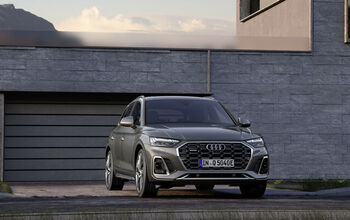
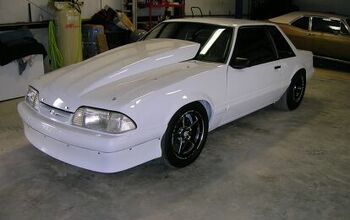

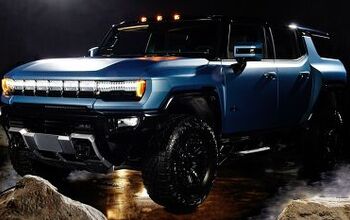

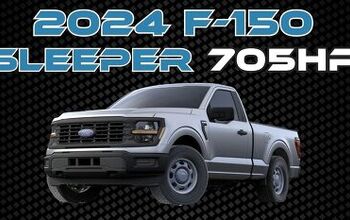
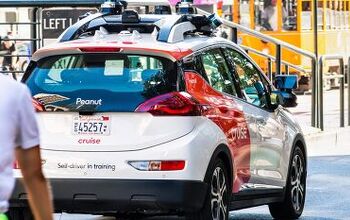
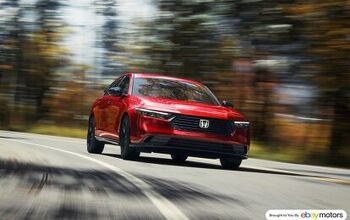
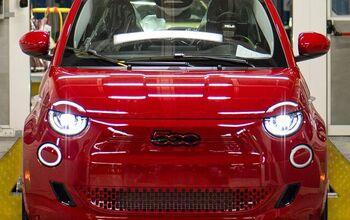
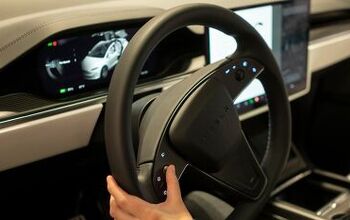
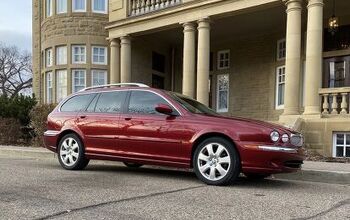
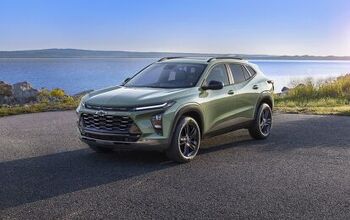
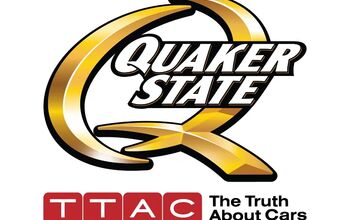
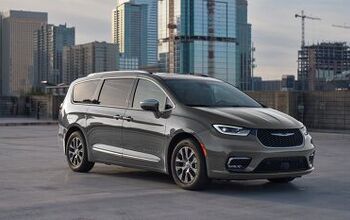
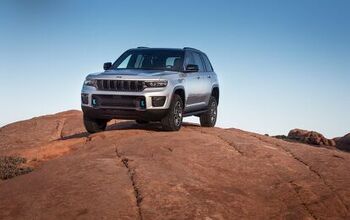
Comments
Join the conversation
Christ, line 2 of the article and you're calling us all poor. That's a great look, insulting your audience. Have fun with whatever you drive, journalist.
You know, I am not the biggest Musk fan by any stretch and sometimes I feel Tesla would be better off without him at the helm, However, It is nice to see the rest of the world playing catch up to a US Automotive company for a change. Hate on about how the company is run and all that, but frankly if you want an EV by most objective standards there isn't a better one to buy than a Tesla. Furthermore, as I have recently shopped them if you live in the Southeast Tesla is the only one that won't look at you like you have a second you know what growing out of your forehead when you ask about an EV. I was fairly harsh on Tesla up until recently even after enjoying test drives. But between seeing manufacturer after manufacturer bring out "Tesla Killers" only to miss the mark and seeing several friends now enjoy very positive ownership experiences as well as seeing that even our old Leaf was perfectly livable 95 percent of the time I have been converted. Anyway, it reminds me of every GM that came out in the late 90's to early 2000's. "This is the car that is finally as good as the Japanese" only to hear it again at the models replacement. Good on Tesla. Perhaps Toyota will rebadge them soon.